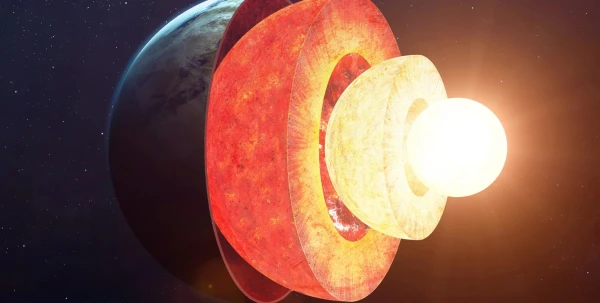
For almost 200 years, the prevailing explanation for sliding on ice was that the friction or pressure from skates, boots, or tires melted its thinnest top layer, creating a lubricant in the form of a microscopic film on the surface.
A new study conducted at Saarland University (Germany) has dismissed this long-held idea. Ice is slippery for a completely different reason, and this discovery will have consequences.
The real reason for sliding on ice lies in the electric fields generated by molecular dipoles at the contact zone with the ice. When something comes into contact with ice, the partial charges of its own molecules interact with the highly ordered arrangement of water molecule dipoles in the ice crystal.
This electrostatic interaction loosens the very top layer of the crystalline lattice of ice, turning it into a thin and disordered quasi-liquid (amorphous) film. Previously, physicists explained the "liquefaction" effect by heating from pressure on the ice or from friction.
What also turned out to be important is that this "self-lubricating" mechanism works even at temperatures approaching absolute zero, when thermal energy is virtually absent and traditional theories of melting ice under pressure or heating from friction cannot explain the phenomenon of wetting contact surfaces at all. In such extreme conditions, ice remains slippery simply because the molecules on its surface are vulnerable to the influence of static electricity from the contact surface.
This discovery fundamentally changes our understanding of one of the most familiar phenomena in nature. In addition to resolving centuries-old disputes about sliding on ice, the discovery has practical value.
It will allow for the creation of higher quality winter tires and non-slip surfaces that will actually work on ice according to the laws of physics, as well as help develop excellently sliding products — skates, skis, and materials for working in cryogenic environments.














Leave a comment